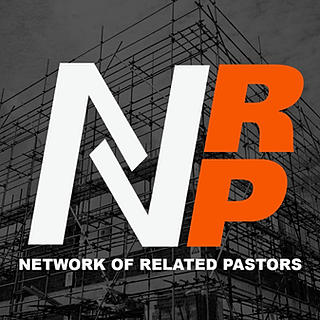Leadership in Context Episode 12 Show Notes
- NRP
- Dec 4, 2018
- 4 min read

Leadership in Context with Keith Tucci
Episode 012
Being Missional, part 2
If you want to move forward—building a building, adding staff members, supporting a missionary, recruiting more volunteers, etc.—here are 5 C’s that can be a checklist for you as you pray, meet with your leadership team, and communicate. Often times, we are poor at communicating to the people we want to participate. They understand the end result of what we are doing, but they really haven’t caught the why or the vision.
1.) Cause
What is the cause? People want a cause. Young people really want a cause. They want to be stirred up, fired up; they want to be led. You can’t have a cause without having passion. You can’t have a cause without have strategy. You can’t have a cause without inviting people to participate, to give and share of their time, talents, and resources. What is the cause—i.e., what is the need? What is the mission? For example, we assume that everyone knows Matthew 28 that we should go and disciple the nations. We take a missions’ offerings. We just announce that we are taking the offering rather than really talking about the cause of missions in general and the cause of that specific mission. How diligent, systematic are you at repeating the cause as to why you are doing what you are doing?
2.) Cure
What is the cure? There are great causes that will move anyone’s heart, what about but the cure? What’s the first step? We need to communicate to people that they can make a difference by doing “this.” People are our greatest resource.
3.) Curriculum
What is the curriculum? If I have a cause that I’m excited about, I want to train people. I don’t want to just lead by a Sunday morning announcement. I want to develop and train people. Whatever it is—a yearly meeting, a once-a-month event, or something small groups do together—there should be curriculum that indoctrinates. This is different from inspiring; that’s what you do when you cast vision. This is about training people who are now inspired. It may be brief, it may be extensive, it may be a book to read. It should be something, though, because inspiration will move people, but thinking will expand people and keep them connected.
An Example
Cause: A need to reach latch-key kids from single parent homes in the community
Cure: A tutoring program twice a week from 5pm-7pm
Curriculum: Train people on how to talk to the kids. Train them on some of the social-economic issues they may be dealing with.
4.) Culmination
Often we have a program with no end in sight. Not that there is an end to discipleship, for example, but there should be some logical breaks. For example, 6 weeks of training and then a certificate, a pat on the back, and explain that this qualifies them to move onto the next level of training. It isn’t just an on-going, never-ending accumulation of knowledge.
5.) Commission
You had 20 people respond to the cause. 10 people made it through the training. Now you commission them. You bring them up on a Sunday morning, lay hands on them, acknowledge them, and commission them. Every commission can be done at different levels, but every commission should be body-wide. Why? So we become missional. So we do not become a consumer church where we serve everyone there with no intention of them serving the next group of people that are going to come through the doors.
What This Looks Like
Let’s use recruiting nursery workers as an example, because every church needs nursery workers. Why does every church need nursery workers? Because they don’t follow these 5 C’s. I will guarantee, and I know that “guarantee” is a big word, that if you will follow these 5 C’s even when recruiting nursery workers, you will have enough nursery workers…IF you present the cause. IF you present the cure. IF you give them a little bit of training. IF you tell them when that training will end. IF you tell them that you are only asking them to sign up for 6 months or a year (not a lifetime appointment). IF you commission them, recognize them on a Sunday morning.
This changes the way we do things. It makes us missional. Now, instead of trying to find someone to sit in the nursery and change some diapers, we are saying:

I know this will be helpful. If you will begin to build this in, as you being to train your leaders and they use these 5 C’s, it will work. You will begin to see a different flow. The culture of being a missional church will begin to develop. You will have a lot less maintenance and be able to give a lot more leadership.
Join us next week as Keith Tucci continues to put leadership truth in the context of the local church. And as always, please like, share, rate/review, and invite others to listen. See you next week!







Comments